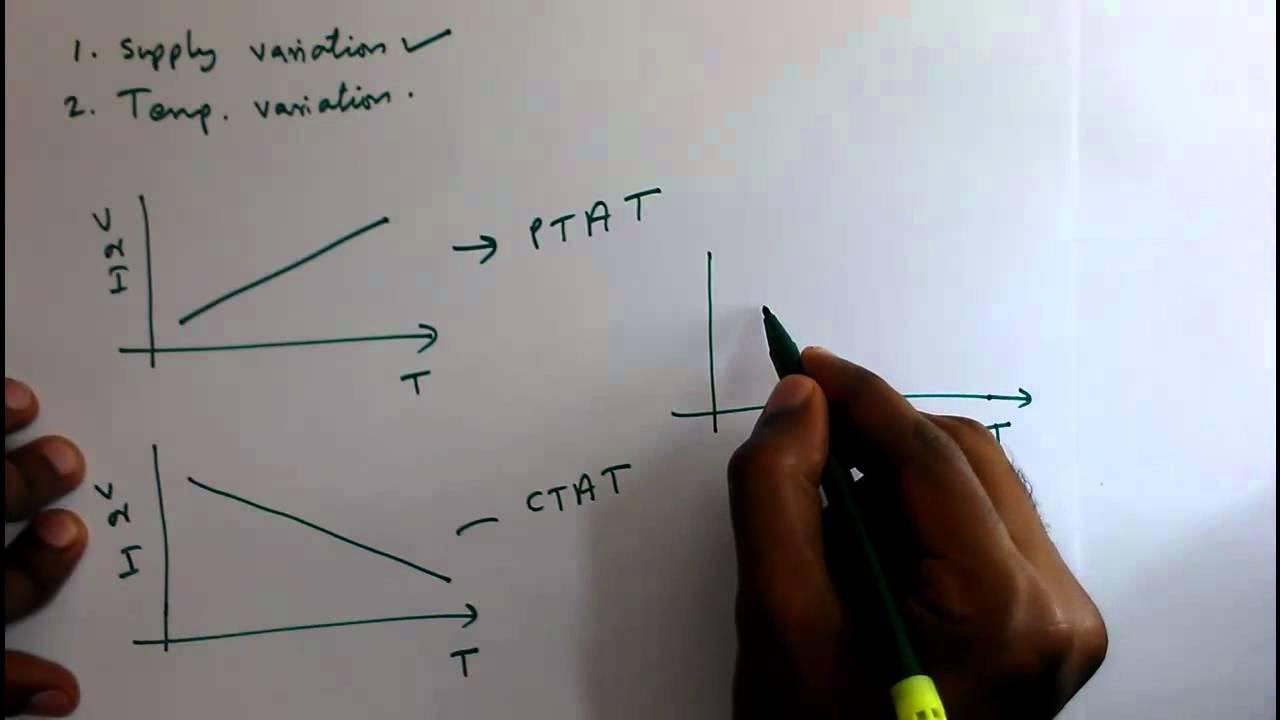Boost Converters - DC to DC Step Up Voltage Circuits
Summary
TLDRThis video explains the principles behind boost converters, circuits that increase DC voltage while decreasing current. The inductor plays a key role in storing and releasing energy, which results in a higher output voltage than the input. By rapidly turning the switch on and off, the inductor induces a voltage that charges a capacitor to a higher voltage. The video covers how the diode prevents the capacitor from discharging, and highlights how changes in inductance and switch frequency impact the output. Safety considerations when handling inductors are also emphasized, along with additional resources for learning more about voltage increase using AC signals.
Takeaways
- 😀 Boost converters are circuits that increase the voltage of a DC power source, such as batteries or solar cells.
- 😀 The inductor is the key component in a boost converter that stores and releases energy to increase the output voltage.
- 😀 As the output voltage increases, the current decreases, ensuring power remains constant at 100% efficiency.
- 😀 When the switch is open, the current flowing through the inductor and capacitor is low due to high impedance in the circuit.
- 😀 When the switch closes, the inductor stores energy as its magnetic field expands, increasing the current through the circuit.
- 😀 After the switch opens, the current decreases, causing the inductor’s magnetic field to collapse and induce a higher voltage.
- 😀 The voltage across the inductor is added to the battery’s voltage, resulting in a greater voltage across the capacitor.
- 😀 The capacitor charges to a voltage greater than the battery’s voltage, and the process repeats until equilibrium is reached.
- 😀 The diode in the circuit ensures that the capacitor cannot discharge back into the battery, allowing continuous voltage increase.
- 😀 The voltage increase depends on the inductance of the inductor and the rate at which the current changes, controlled by the switching frequency.
- 😀 High switching speeds, controlled by MOSFETs or transistors, increase the rate of current change, leading to higher induced voltage and output voltage.
- 😀 Safety precautions are crucial when working with inductors in boost converters, as they can generate high voltages.
Q & A
What is a boost converter?
-A boost converter is a circuit that increases the voltage of a DC source, such as batteries or solar cells. It works by transferring energy from an inductor to a capacitor, raising the output voltage.
How does the boost converter work?
-The key component is the inductor. When the switch is open, current flows through the inductor, charging the capacitor. When the switch closes, current increases, causing the inductor to store energy. The voltage across the inductor is added to the battery's voltage, raising the overall voltage and charging the capacitor to a higher value.
Why does the current decrease in a boost converter?
-As the voltage increases in the boost converter, the current decreases to maintain the same power output. This is a trade-off, as power is conserved by reducing current when increasing voltage.
What happens when the current decreases in the inductor?
-When the current decreases in the inductor, the magnetic field collapses, releasing the energy stored in the inductor. This process induces a voltage that adds to the battery's voltage, charging the capacitor to a higher voltage.
What is the role of the diode in a boost converter circuit?
-The diode prevents the capacitor from discharging back through the battery. It ensures that the capacitor can only discharge in one direction, allowing the inductor to transfer energy to the capacitor and maintain a higher voltage.
Why does the voltage across the capacitor exceed the battery's voltage?
-The voltage across the capacitor exceeds the battery's voltage because the inductor generates an additional voltage when the current decreases. This induced voltage adds to the battery's voltage, charging the capacitor to a higher voltage.
What factors control the output voltage in a boost converter?
-The output voltage is controlled by two factors: the inductance of the inductor and the rate at which the current changes. By increasing the inductance or the frequency of switching, a higher output voltage can be achieved.
How does increasing the inductance affect the output voltage?
-Increasing the inductance of the inductor allows for a larger induced voltage, which in turn increases the output voltage across the capacitor.
How does the switching frequency affect the output voltage?
-The faster the switch turns on and off, the greater the rate of current change. This leads to a larger induced voltage by the inductor, thus increasing the output voltage.
Why is it important to be cautious when dealing with inductors in boost converter circuits?
-Inductors can generate very high voltages, which can pose safety risks. It is crucial to take proper precautions and follow safe techniques when working with these circuits to avoid potential harm.
Outlines

هذا القسم متوفر فقط للمشتركين. يرجى الترقية للوصول إلى هذه الميزة.
قم بالترقية الآنMindmap

هذا القسم متوفر فقط للمشتركين. يرجى الترقية للوصول إلى هذه الميزة.
قم بالترقية الآنKeywords

هذا القسم متوفر فقط للمشتركين. يرجى الترقية للوصول إلى هذه الميزة.
قم بالترقية الآنHighlights

هذا القسم متوفر فقط للمشتركين. يرجى الترقية للوصول إلى هذه الميزة.
قم بالترقية الآنTranscripts

هذا القسم متوفر فقط للمشتركين. يرجى الترقية للوصول إلى هذه الميزة.
قم بالترقية الآنتصفح المزيد من مقاطع الفيديو ذات الصلة
5.0 / 5 (0 votes)






